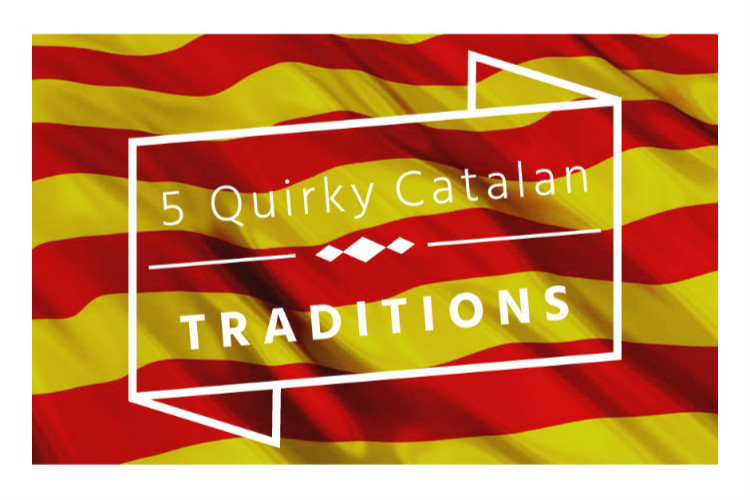The Catalan region of Spain takes pride in its unique traditions surrounding holiday rituals, seasonal foods, and numerous themed festivals that take place year round. Planning a trip to Barcelona? Make the most of your experience & educate yourself (and be the first to impress your friends) with what’s poppin’ specifically in Catalonian culture during each time of year!
Calçotada

Tió de Nadal
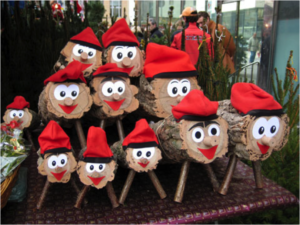
La Mercè
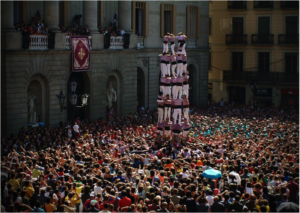
Caganer
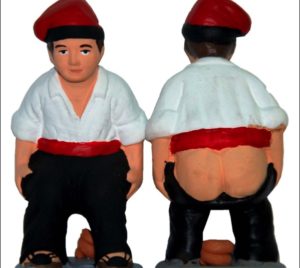
Castanyada
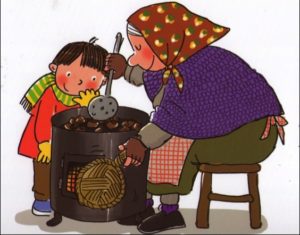
– Marisa

